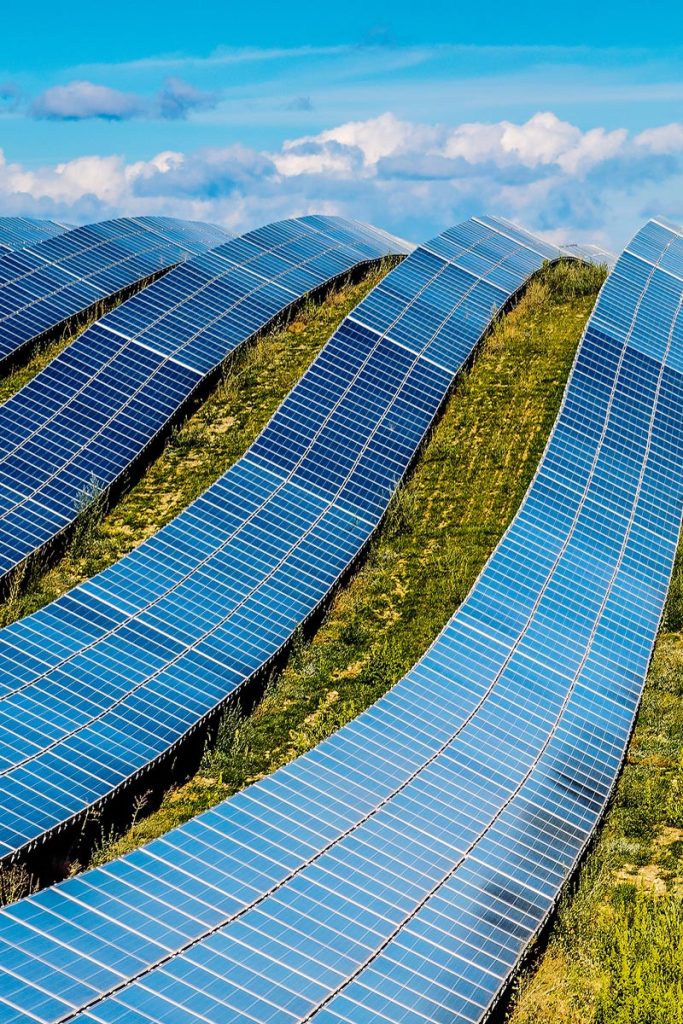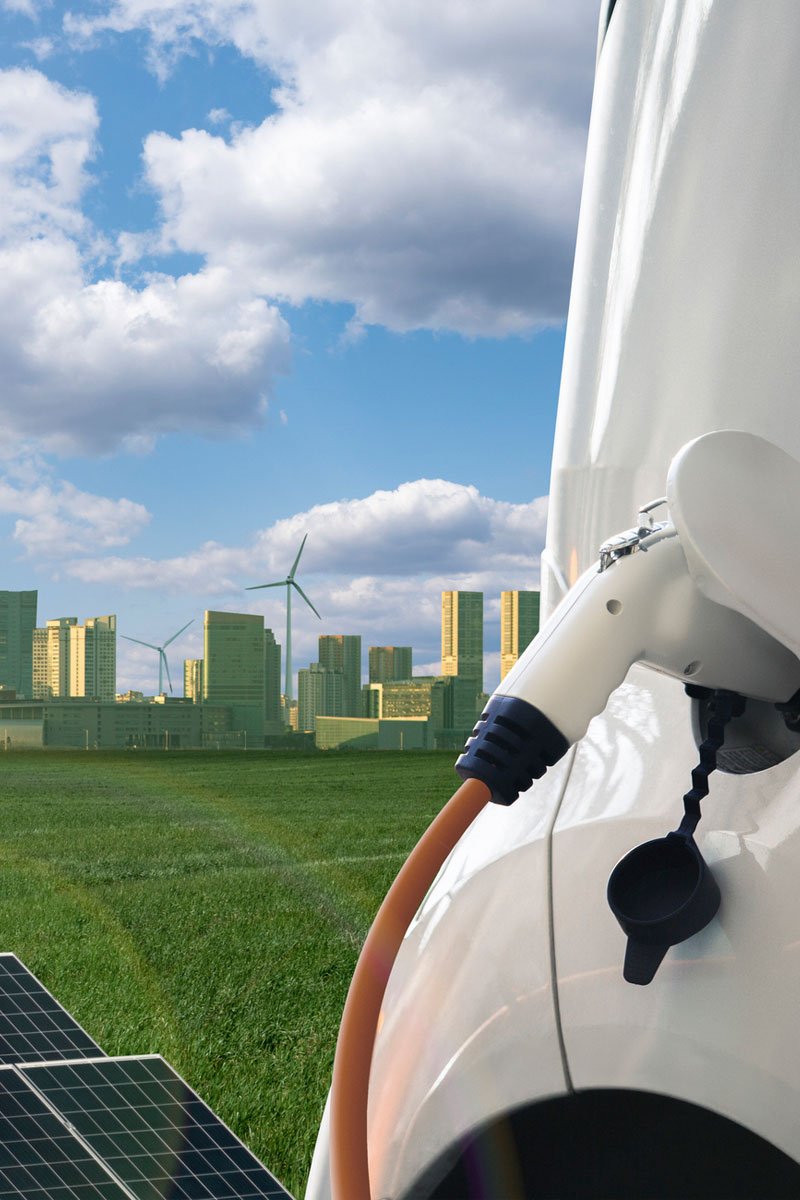Supporting the Energy Transition
Embracing the Energy Transition: Australia’s Path to a Sustainable Future.
Australia is at a pivotal stage in pursuing a sustainable future as our nation embraces the energy transition and endeavours to reshape its energy landscape.
The rich abundance of Renewal Energy
With a rich abundance of renewable resources and a growing sense of urgency to address climate change, Australia is on a transformative path towards a cleaner and more sustainable future for future generations.
Renewable energy sources such as solar, wind, hydro, and geothermal are abundant and virtually inexhaustible, providing a sustainable alternative to finite fossil fuel reserves.
By harnessing these renewable sources, we can significantly reduce greenhouse gas emissions and combat climate change, as renewable energy generation produces minimal to no carbon dioxide or other harmful pollutants.
While renewal energy offers numerous benefits, some challenges need to be addressed:
- Intermittency: Renewable energy sources such as solar and wind depend on weather conditions, resulting in intermittent power generation. This intermittency can pose challenges to maintaining a stable and reliable electricity grid.
- Grid Integration: Integrating large-scale renewable energy projects into existing electricity grids can be complex. Upgrades and investments in grid infrastructure are often required to accommodate the fluctuating nature of renewable energy generation.
- Energy Storage: Storing energy generated from renewable sources for use during periods of low generation is a significant challenge. Developing efficient and cost-effective energy storage solutions is crucial to overcome the intermittency issue and ensure a consistent power supply.


The role of Demand Response in Empowering the Energy Transition.
As Australia strives to transition towards a sustainable and decarbonised energy future, demand response is emerging as a vital tool in optimising energy usage, balancing the grid, and supporting the integration of renewable energy.
Three key benefits of demand response
- Energy Security: Demand response helps improve energy security by providing a flexible mechanism to balance electricity supply and demand. Reducing peak demand through demand response programs alleviates the strain on the grid, minimising the risk of blackouts or power disruptions during periods of high demand.
- Affordability: Demand response can contribute to cost savings for consumers and energy providers. Reducing peak demand can minimise the need for additional generation capacity and expensive infrastructure investments. This helps to stabilise electricity prices and reduce the overall cost of electricity for consumers.
- Sustainability: Demand response supports sustainability by enabling the integration of renewable energy. It helps address the variability of renewable power generation by aligning electricity usage with the availability of renewable energy. By shifting consumption away from fossil fuel-based generation during peak periods, demand response helps reduce greenhouse gas emissions and promotes cleaner energy.
Demand response is a valuable tool in achieving energy security, affordability, and sustainability by optimising electricity usage and promoting a more efficient and environmentally friendly energy system.

How a VPP acts as a Demand Response tool to support the Energy Transition.
A virtual power plant (VPP) using standby generators plays a significant role in supporting the energy transition by providing a flexible and reliable reserve power supply. Here’s how a VPP using generators can act as a demand response tool to support the energy transition:
- Supports renewable energy: A virtual power plant using standby generators can quickly ramp up and provide immediate reserve power, ensuring a stable and reliable energy supply to compensate for the intermittent nature of solar and wind energy.
- Demand response capability: A VPP can reduce its reliance on the grid using standby generators to meet demand. This helps alleviate the strain on the grid, prevents blackouts or supply disruptions, and provides more flexibility in managing peak demand.
- Grid stability and reliability: A VPP can respond immediately to a peak demand event in electricity demand by providing rapid and flexible reserve capacity, helping to balance the grid, enhancing its reliability and reducing the risk of power outages.
- Transitioning away from fossil fuels: Harnessing surplus capacity from a VPP using existing standby generators accelerates decarbonisation by reducing the need for investments in new coal-fired power plants to meet peak demand events.
(Generators can also use cleaner fuels or be optimised to operate more efficiently, reducing greenhouse gas emissions compared to traditional power plants.) - Demonstrates green credentials. Organisations with generators participating in VPP programs can demonstrate their commitment to reducing greenhouse gas emissions and how they contribute to the energy transition and a more sustainable future.
The energy transition supports a more sustainable future by reducing our dependence on fossil fuels and transitioning to cleaner and renewable energy sources. This shift significantly reduces greenhouse gas emissions and minimises the environmental impact of transitional energy production. By embracing renewable energy, we can create a more sustainable, low-carbon energy system that ensures a healthier environment for future generations.
Demand response is critical in helping the energy transition to a more sustainable future. Organisations participating in VPP programs using standby generators support the variability of renewable energies and help to reduce the investment in additional fossil fuel-based power generation for reserve capacity. Demand response tools like VPPs improve the reliability and stability of the energy system while supporting a more sustainable future for us all.
Founder, Richard Butcher, is dedicated to helping Australia make the energy transition to renewable energy and a more sustainable future through smart demand response solutions like our Virtual Power Plant and Daytime EV Managed Charging Network.
Smart Demand Response
Learn more about our Smart Virtual Power Plant.

